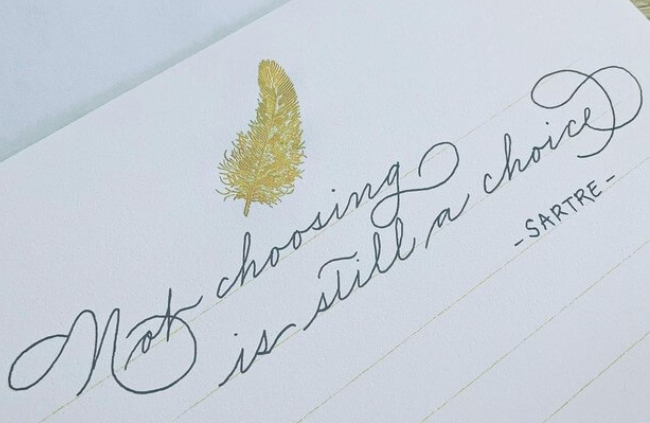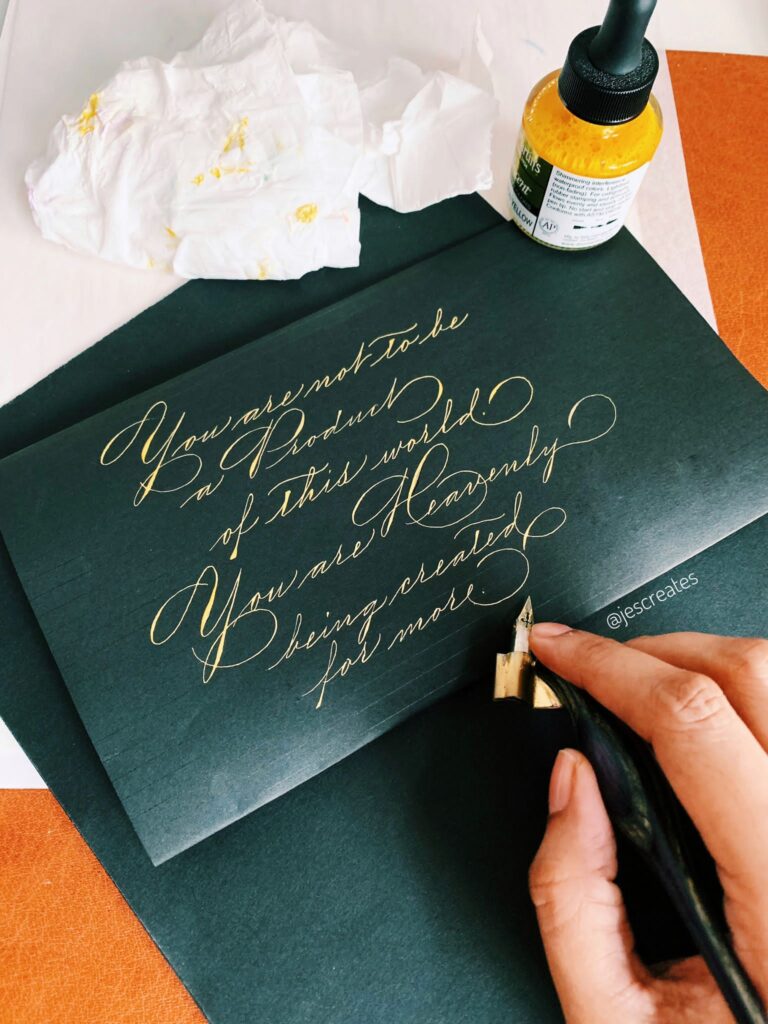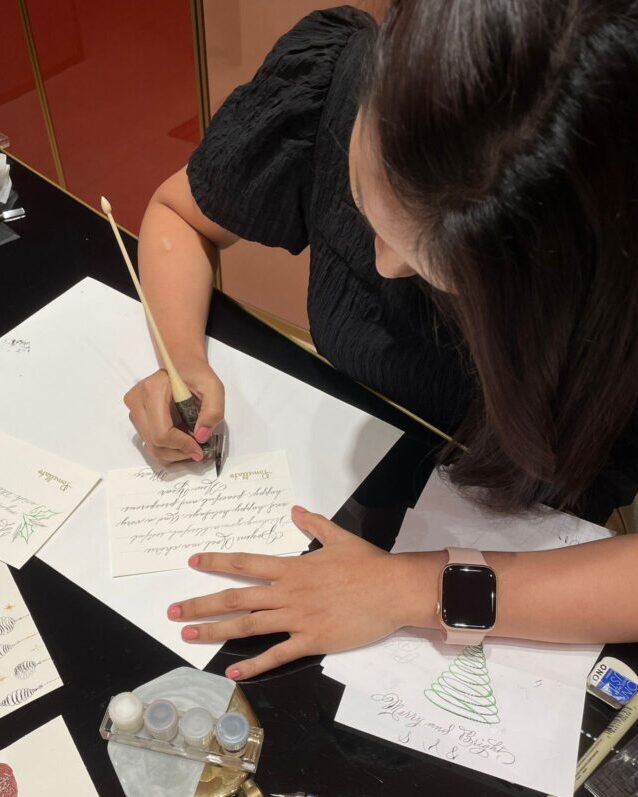Blogs
Tips for Achieving a Beautiful Cursive Handwriting Style

Understand the Basics of Cursive Handwriting
To begin, start with the letter “a.” Practise making the lowercase “a” by forming a small upward stroke from the baseline, followed by a gentle curve downward, and ending with a loop. Once you have mastered the lowercase “a,” move on to other letters, such as “b,” “c,” and so on. Remember to practise both uppercase and lowercase letters to build a comprehensive understanding of the cursive alphabet.
Start with Drills of Penmanship
Like any skill, consistent practise is key to improving your cursive handwriting. Begin with basic drills to warm up your hands and build muscle memory. These drills involve repeating letter combinations, loops, and strokes to gain control and fluidity in your writing.
Set aside a dedicated practise time each day to work on drills. Start with simple exercises like creating loops by practising curved lines that flow smoothly and evenly. Then, move on to letter combinations such as “oo,” “ll,” and “tt” to improve the connectivity between letters. As you progress, challenge yourself with more complex drills that involve writing full words or sentences.
Find the Right Pen and Paper for Your Calligraphy
Consider trying out different pen types, such as ballpoint, gel, or felt-tip pens, to find the one that suits your writing style and preference. A pen that glides effortlessly across the paper can make a significant difference in the quality of your cursive handwriting. Similarly, select paper that is specifically designed for handwriting, such as smooth or lined paper, to provide a pleasant writing experience.

Focus on Consistency in Your Handwriting Style
To maintain consistency in your writing, practise keeping the size of your letters uniform. Aim for a consistent slant throughout your writing, ensuring that the letters flow naturally from left to right. Additionally, maintain consistent spacing between words to enhance readability. Remember, regular practise and mindfulness will help you develop muscle memory and achieve consistency in your cursive writing.
Practise Good Posture and Grip for Neat Handwriting
Maintaining proper posture and grip is essential for smooth and controlled cursive writing. Sit up straight with your feet flat on the ground, ensuring that your arm and hand are relaxed. Hold the pen with a relaxed grip, allowing for fluid movement across the page.
Posture plays a significant role in the quality of your handwriting. Sit at a comfortable height and angle that allows your arm and hand to move freely. Avoid hunching over the page or gripping the pen too tightly, as it can restrict movement and result in cramped or uneven writing. Experiment with different pen grips to find the one that feels most comfortable and allows for optimal control.
Practise with Copywork
Choose samples of cursive handwriting that resonate with you and align with the style you wish to achieve. Take your time to carefully analyse the letterforms and connective strokes in the sample. Then, recreate the words or sentences, paying close attention to the details and nuances of the original script. Regular copywork practise will allow you to develop a better understanding of cursive writing and improve your own handwriting as a result.
Experiment with Different Cursive Writing Styles
Take inspiration from calligraphic styles and adapt them to your own cursive handwriting. Experiment with different variations of letterforms, such as looped or straight connectors, to add flair to your writing. Incorporate decorative flourishes or unique slants to make your cursive handwriting stand out. Remember, finding your personal style is a journey, so enjoy the process of exploring different possibilities.
Take It Slow: Learning Beautiful Cursive Handwriting Takes Time

Learn Cursive Lettering with Jescalligraphy
If you’re looking to take your cursive handwriting to the next level, consider exploring the art of calligraphy. Jescalligraphy offers a range of resources, courses, and inspiration to help you elevate your writing to an art form. Whether you’re a beginner needing handwriting practice or an experienced calligrapher, our expertise and guidance can support you on your calligraphy journey.
Embrace the beauty of cursive handwriting and let your pen dance across the page with grace and elegance.
Happy writing!
